
Discover Natural Calcium Propionate – a non-GMO, fermentation-derived preservative for extended shelf life in bakery, dairy alternatives, and sustainable food production. Meet clean-label demands, enrich calcium content, and reduce food waste.
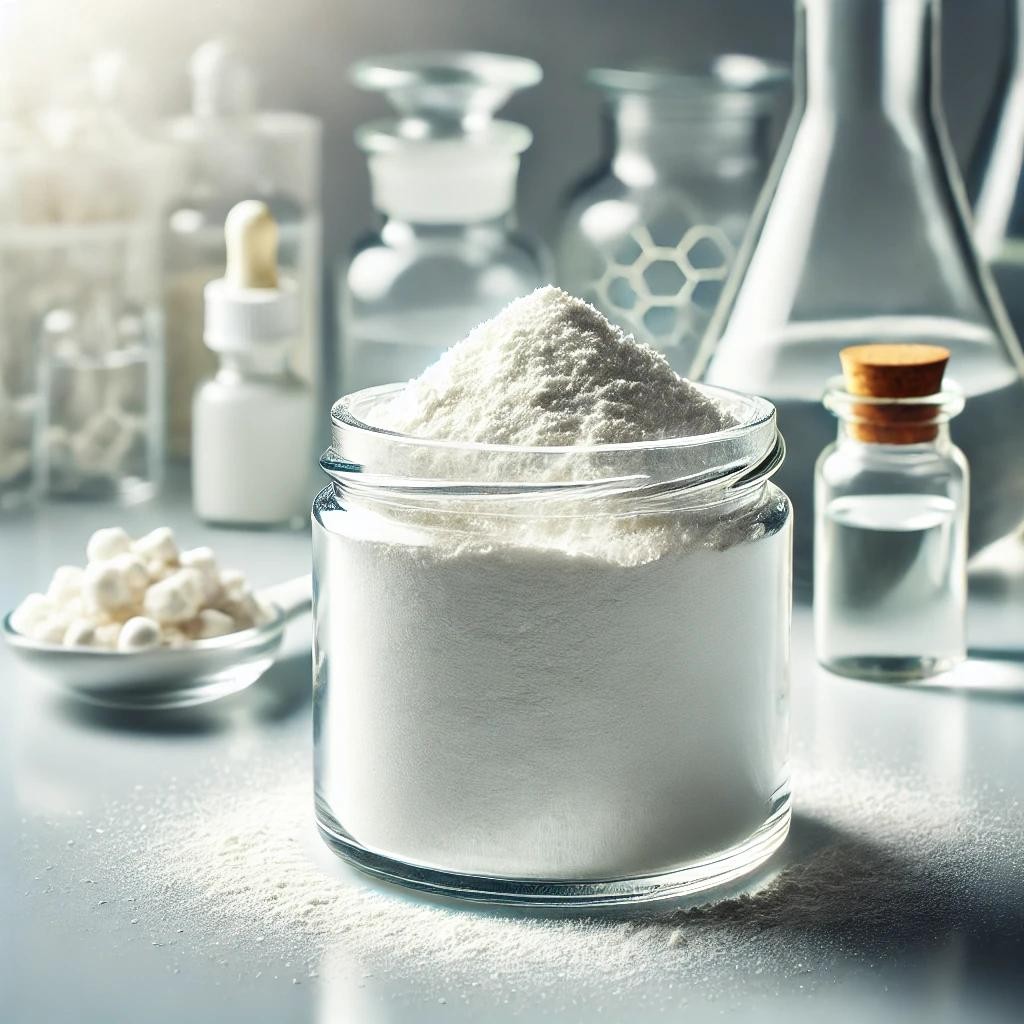
Unlocking the Benefits of Alpha-Ketoglutaric Acid (AKG) for Nutraceutical and Sports Nutrition

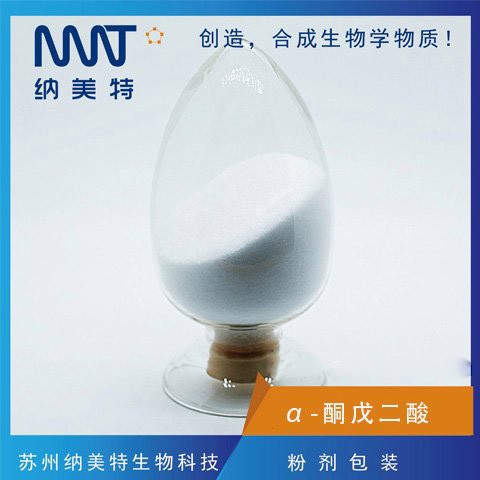
A-ketoglutarate (α-KG), as an important organic compound, is involved in A variety of metabolic pathways in organisms, especially in amino acid metabolism and energy production plays a key role. In addition to its application in the pharmaceutical field, α-KG is also widely used in the food industry. Here are some of the main application areas of α-KG in food.
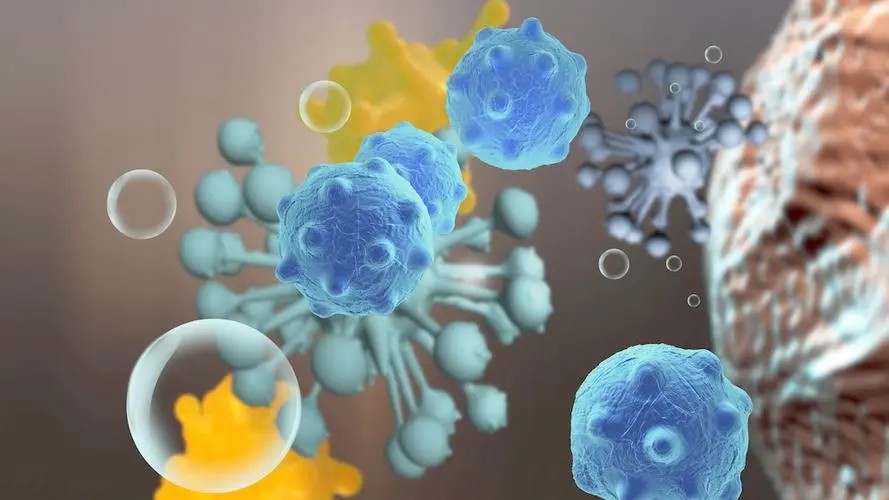
5-Aminolevulinic acid (5-ALA) is a naturally occurring compound that is involved in the porphyrin synthesis pathway in living organisms and is a precursor to important molecules such as heme and chlorophyll. In the field of microbial culture, 5-ALA has shown wide application prospects because of its unique biological activity and mechanism of action.
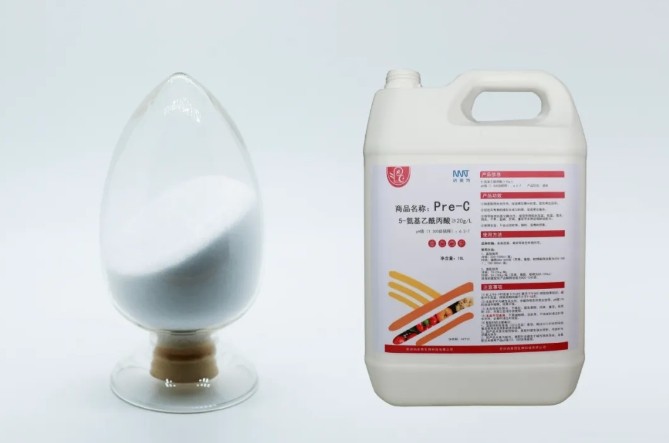
The Pre-C series is a group of plant growth regulators designed to improve crop yield and quality. These products contain 5-aminolevulinic acid (5-ALA), a naturally occurring compound that promotes plant growth and development and enhances crop stress resistance. Here we take a look at the introduction of the Pre-C series products and their use precautions.
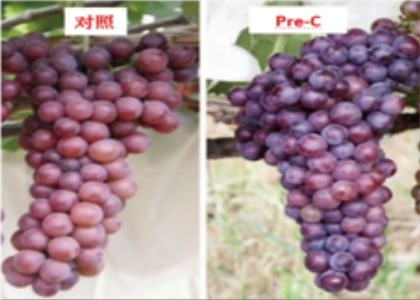
Pre-c, also known as 5-ALA Super Strong stabilizer, is a chemical that shows versatility in several areas. In the field of agriculture, especially for grape growth, Pre-c has shown its unique promotion effect, mainly reflected in the following aspects:

5-Aminolevulinic acid (5-ALA) is a naturally occurring amino acid derivative that is a synthetic precursor to pigments such as heme and chlorophyll in living organisms. In recent years, 5-ALA has received attention for its potential role in promoting animal growth, enhancing immunity, and improving meat quality. Here we take a look at the application advantages of 5-ALA in pig feed.

Tetrahydropyrimidine, also known as Ectoine, is a naturally occurring amino acid derivative known as the "bacterioprotector" for its powerful protective effect on microorganisms in extreme environments. This compound was first isolated from hyperhalophiles and is able to protect microorganisms from damage under extreme conditions such as high salt, high temperature, and high ultraviolet radiation. The following explains in detail how tetrahydropyrimidine has earned this reputation.
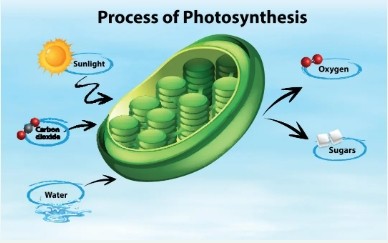
In nature, plants convert sunlight into energy through photosynthesis, a process that not only supports their own growth and development, but also provides an essential energy source for other life on Earth. However, under extreme weather, soil salinization and other adverse conditions, the photosynthetic efficiency of plants will decrease significantly, which will affect the yield and quality of crops. In recent years, a new biological agent called Ect-S has been found to be able to effectively